Diamonds have been extensively recognized as the universal symbol of eternal love and commitment for centuries. Indeed, they receive massive attention and overshadowed all other precious stones. The word “Diamond” originated from the greek word αδάμας(adámas) which means accurate, unalterable, unbreakable, or untamed – similar to everlasting love.
Earlier, peopled believed that wearing diamonds could fetch them luck, success and few worn it for astrological benefits. Diamonds empower a person to express progressively a wide range of emotions and moments, but love is still the predominant theme of symbolism.
In the ancient days, diamonds had been considered as a treasure amongst the royal families and business class people only. Conversely, in the recent times due to the increased income levels, diamond purchase has been accessible to most of the people. Earlier, wedding and engagement rings used to be in plain gold or fitted with gemstones, but in the present days diamonds have become a part of those occasions.
In India, diamond jewellery purchase is interlinked with certain aspects like authenticity,religious beliefs, price and certifications. Buying expensive diamond jewellery is not just related to exhibiting the status or treated as an investment, but it speaks about yourself and defines you. Hence, buying the right jewellery that suits your style and appeal is very important. We, at Jewelnidhi provide certified diamonds at your desired weight ranges and affordable prices. This Jewelnidhi diamond handbook assists you know about various aspects of diamonds to make a wise purchase.
What are the 4C’s of a diamond?
The most important characteristics to understand before making a diamond purchase are the 4C’s - cut, color, clarity, and carat weight.
Cut:
Diamond cut is perhaps the most predominant characteristic of all the four C’s as it determines its reflective capacity, or in other terms, its brilliance. Basically, the cut of a diamond defines how the diamond will perform and it mainly depends on few factors such as angles, proportions, symmetrical facets, brilliance, fire, scintillation, and finishing details. The various types of cuts available are round, princess, marquise,cushion, emerald, radiant, pear-shaped and oval-shaped. Diamond cut is graded into poor, good, very good and excellent based on how skillfully it has been cut. The cut of a diamond regulates the sparkling nature, appeal and price of it. Hence, focus on the cut of a diamond before purchasing diamond jewellery and opt for the best-cut grade affordable to you.
Clarity:
Diamond clarity refers to the evaluation of small imperfections on the surface and within the stone. Surface flaws are named as blemishes, while internal defects are named as inclusions.These two are the significant factors that affect the diamond’s clarity. Diamonds with minimal inclusions are assigned highest clarity grades, which in turn reflects high price. It is evident that every diamond is exquisite but not perfect. Hence, natural inclusions and blemishes are unavoidable. Diamond clarity is graded based on to what extent diamond is free with inclusions and blemishes. The grading scale is categorized in to six groups, which further have 11 clarity grades on the scale.
F (Flawless):
No internal or external flaws are observed
IF (Internally Flawless):
No internal flaws, but few surface flaws are observed
VVS1-VVS2 (Very Very Slightly Included) - two grades
Microscopic inclusions are observed, but hard to be detected by a gemologist
VS1-VS2 (Very Slightly Included) - two grades
Microscopic inclusions are observed, but little hard to be detected by a gemologist
SI1-SI2 (Slightly Included) - two grades
Microscopic inclusions are observed, and can be easily detected by a gemologist
I1-I2-I3 (Included) - three grades
Inclusions are observed, and can be easily detected by even naked human eye.
Color:
Diamond’s color is one of the crucial factors that impact its appearance and price.Diamonds are usually found in almost any naturally occurring color, including grey, white,yellow, green, brown, and pink. Gemological Institute of America (GIA) assigns a color grade to every diamond depending upon the shade they possess. GIS color scale is the industry standard for diamond grading, which ranges from D (colorless) to Z (light yellow or brown).
Various color grades as per GIA are
Grade D, E, and F (colorless diamond)
Grade G, H, I, and J (nearly colorless diamond)
Grade K, L, and M (faint color diamond)
Grade N, O, P, Q, and R (very light colored diamonds)
Grade S to Z (light colored diamonds)
Carat:
Diamonds are weighed in carats or CT where as gold is weighed in karats or KT. 1 carat weighs 0.2 grams or 200 milligrams, and each carat is divided in 100 points to measure even smaller diamonds. For example, a diamond with 0.70 CT could be mentioned as 70 points diamonds or a 70 pointer. Carat does not impact the brilliance or sparkling nature of a diamond, rather it only influences the price of it. In order to assist the jewelers to accurately weigh the diamonds and evaluate their prices accordingly without any indiscretions, this point system has been introduced. Before buying any diamond jewellery, always consider carat and cut together and the hierarchy to look would be cut, clarity, color, and then carat
What are the various shapes of a diamond?
Shape of a diamond refers to its geometric framework and its physical structure. The entire appeal of the diamond depends on the attributes of the diamond shape and cut specifications. Customers usually prefer multiple shapes other than the regular round shape.The shape of a diamond influences its brilliance, as it determines how the diamond would return the light impacting its performance. Usually, the round cut diamonds exhibits more brilliance, fire and scintillation than other shapes, due to maximum light return. Various diamond shapes available are round, princess, emerald, asscher, marquise, oval, radiant,pear, heart and cushion.
What is diamond certification?
While buying expensive items like diamond jewellery, authenticity of the item is very crucial to know whether we are buying the real or fake ones. Certifications play an instrumental role to decide their novelty. One of the world’s renowned agencies that grades and certifies diamonds and gemstones as per the international standards is GIA (Gemological Institute of America). Other labs besides the GIA include the American Gem Society (AGS), European Gemological Laboratory (EGL), International Gemological Institute (IGI), and Hoge Raad voor Diamant (HRD). All these agencies provide various certifications to these precious stones,thereby declaring them as real and feasible for jewellery crafting. During the exchange of diamonds, irrespective of their place of origin, these certificates provide the genuineness of the diamond and get you the right value for it. So, before buying your favorite diamonds,always check for these certifications. All the diamonds sold at JewelNidhi.com are certified by various labs across the globe.
What are the tips for diamond jewellery care?
Diamonds are eminent for their magnificence and shiny appearance. Being the most expensive precious stones in the world, a single scratch could alter its appeal and beauty.Hence, in order to maintain its aesthetic appeal, proper and timely care is very vital for diamond jewellery, which can be easily achieved by following the below instructions.
Never soak the diamond fitted jewellery in water, as it may loosen the precious stones fitting and can cause them to fall out. In order to clean these kind of jewellery, take a wet cloth dipped in soapy water solution and gently wipe the jewellery or loose diamonds with proper care. Later, allow them to air-dry in order to remove any extra moisture between the diamonds. Cleaning them often to avoid building dirt and to preserve your stones sparkling.
Few general instructions for Jewellery care:
- Check them often once in 6 months to see if they require any appropriate cleaning
- Wear your jewellery only after applying your makeup or routine cosmetics, as chemicals can undoubtedly damage the gold
- Make sure to take off the jewellery before going to hot bath or pool
- Finally, proper way of cleaning and storing the jewellery from time to time is equally important to retain its shine forever




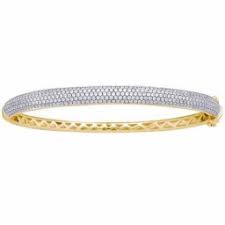
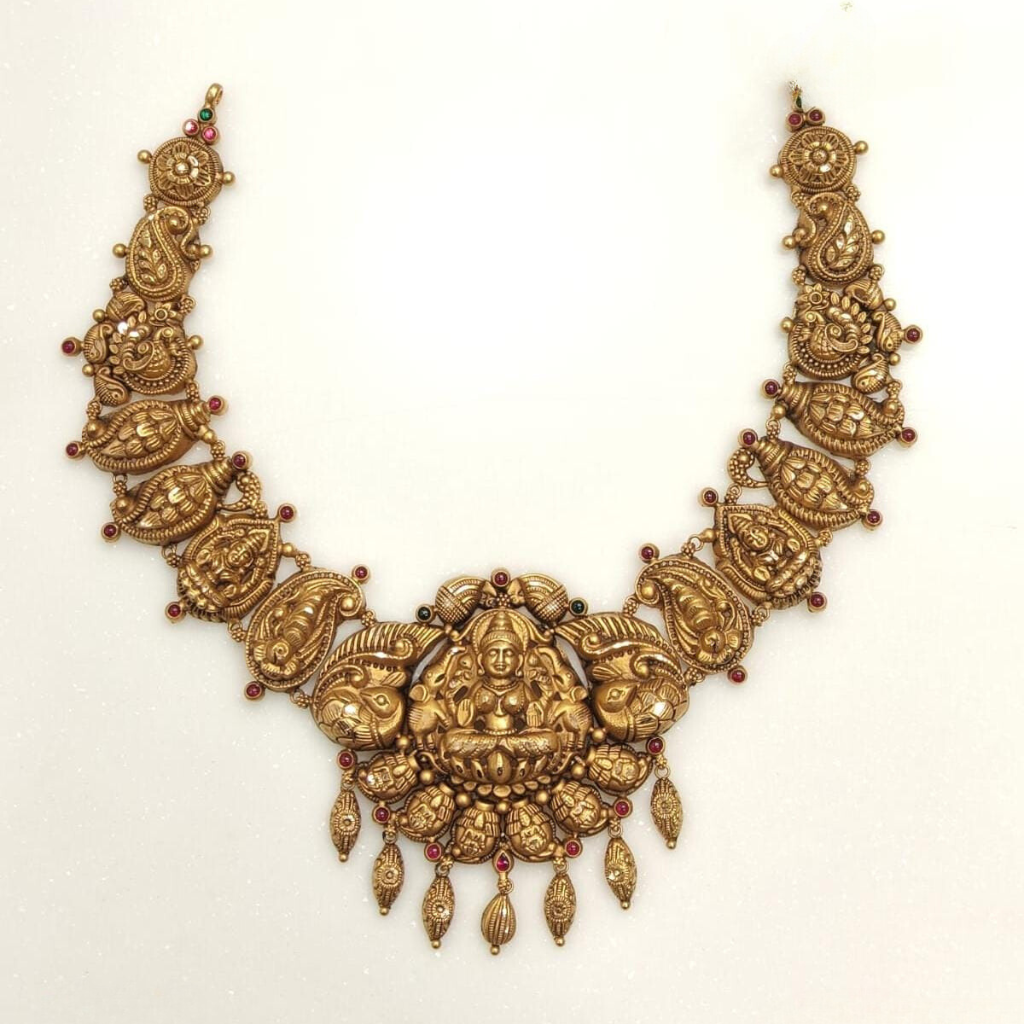
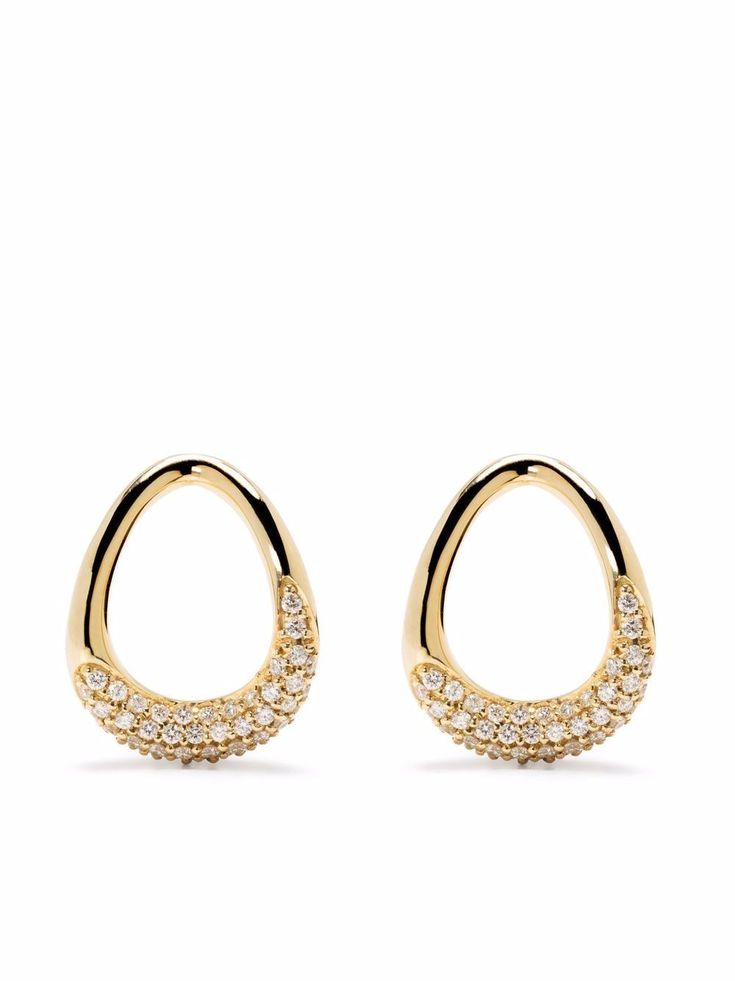
 Black Beads Chain with Japanese Pearls & Beads In Length 16_0 Inches.jpeg )

.jpeg )
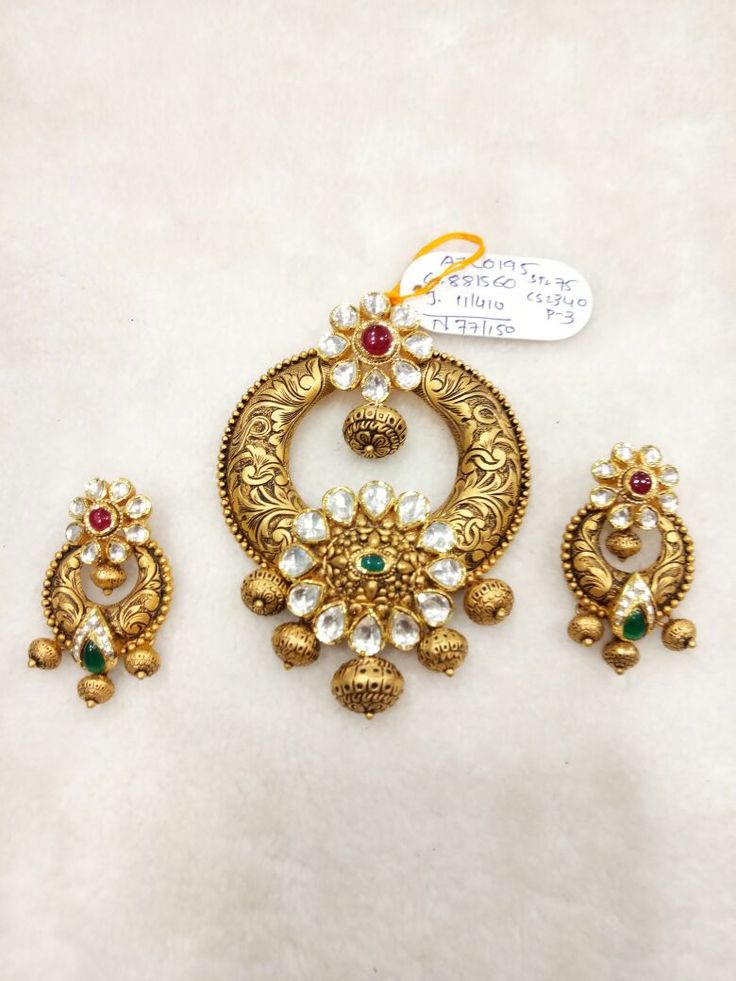
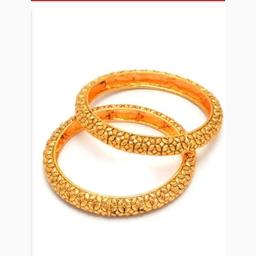
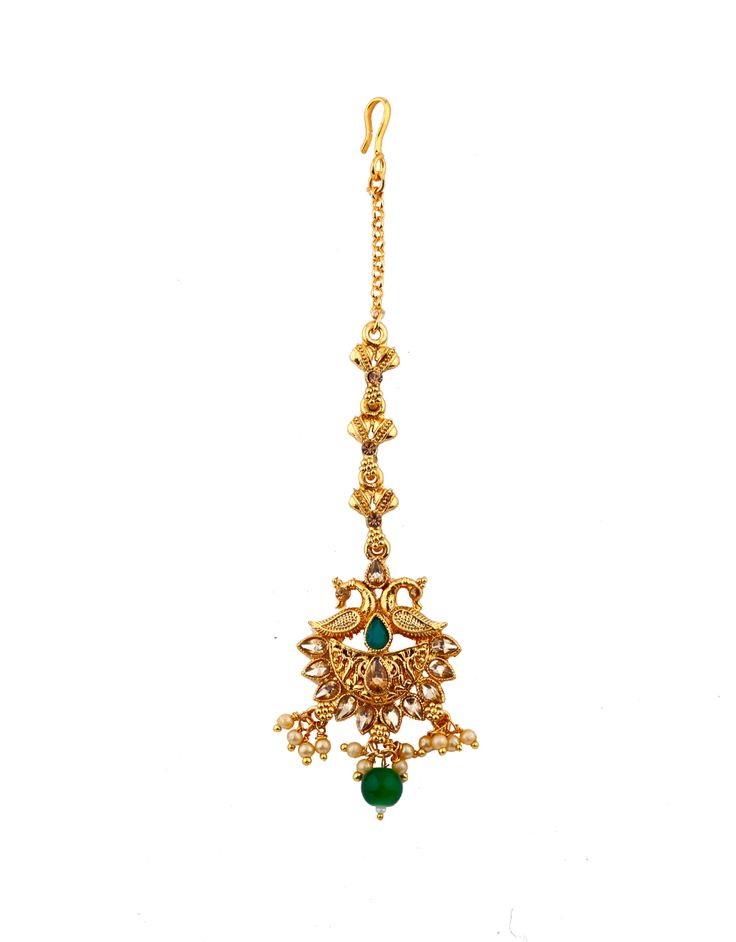
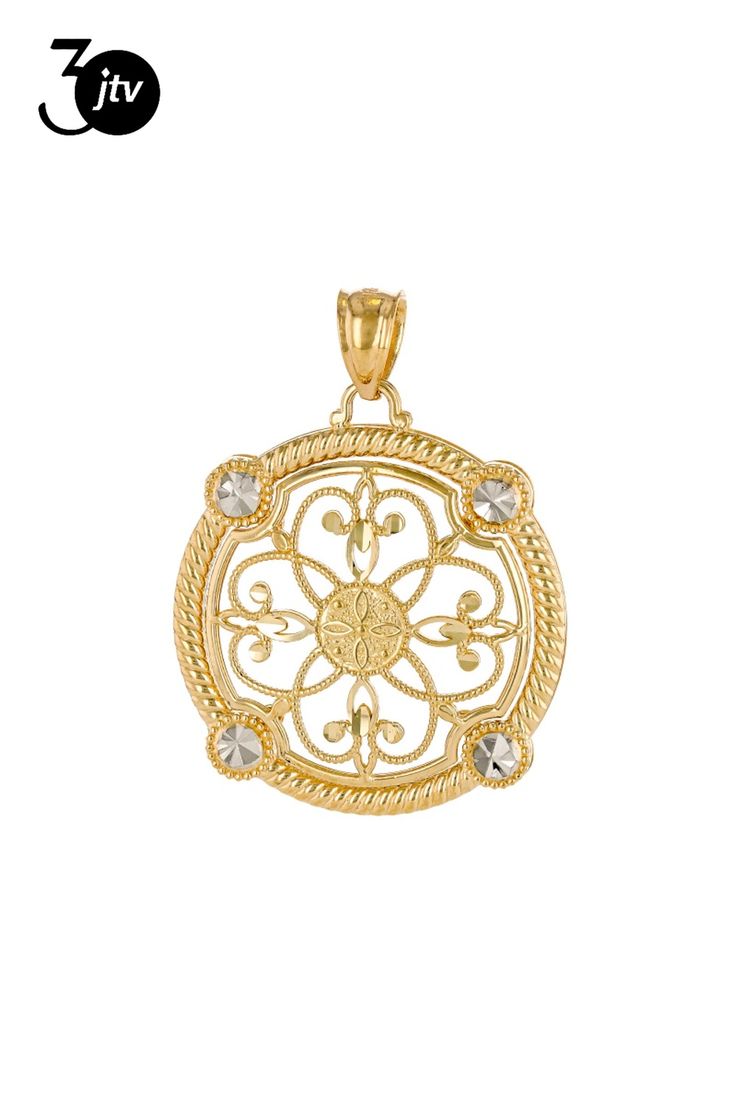
.jpeg )
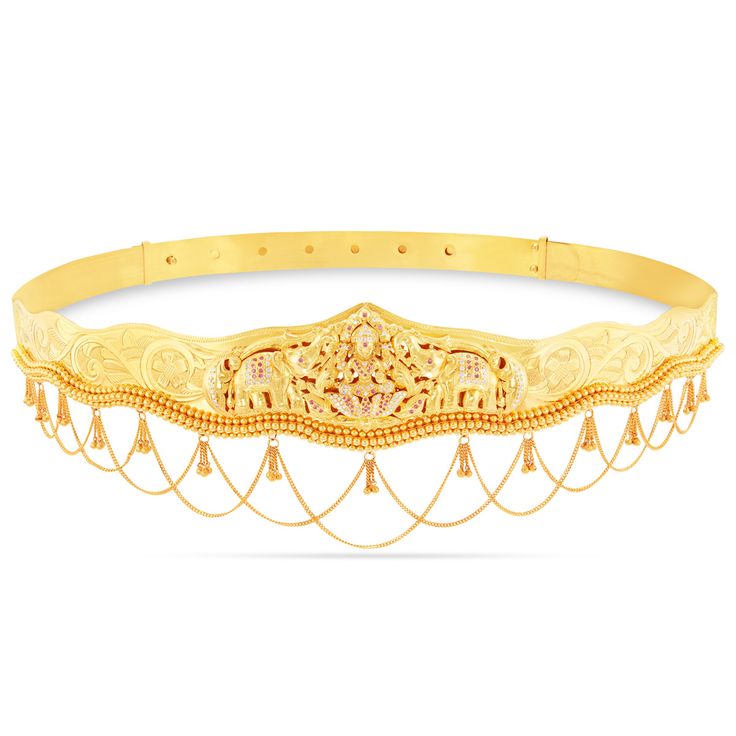
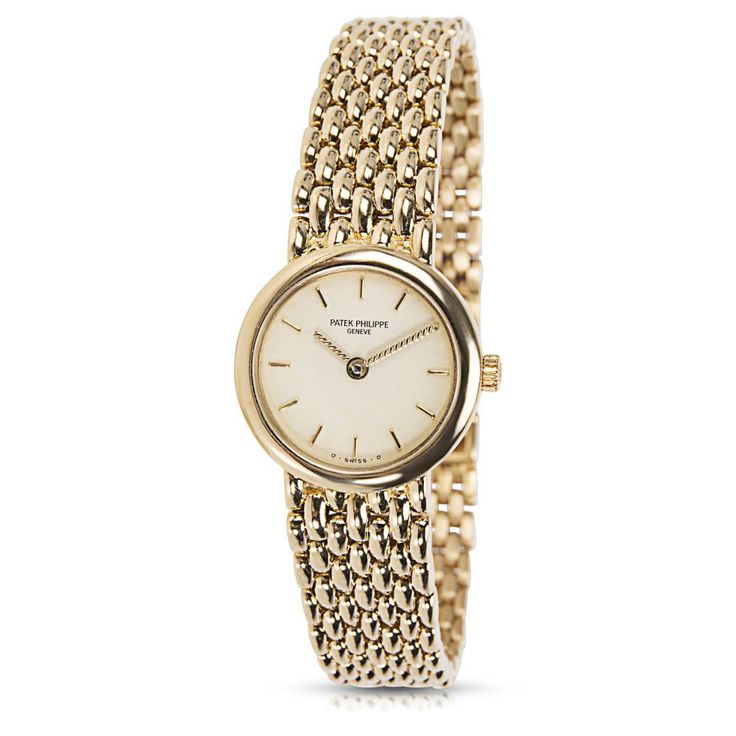
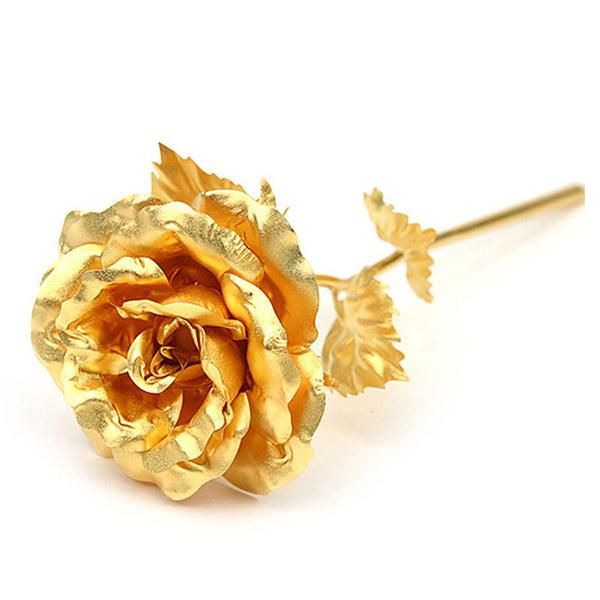
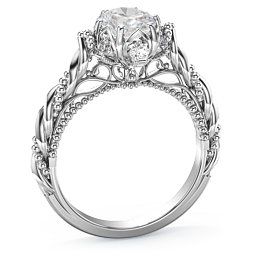
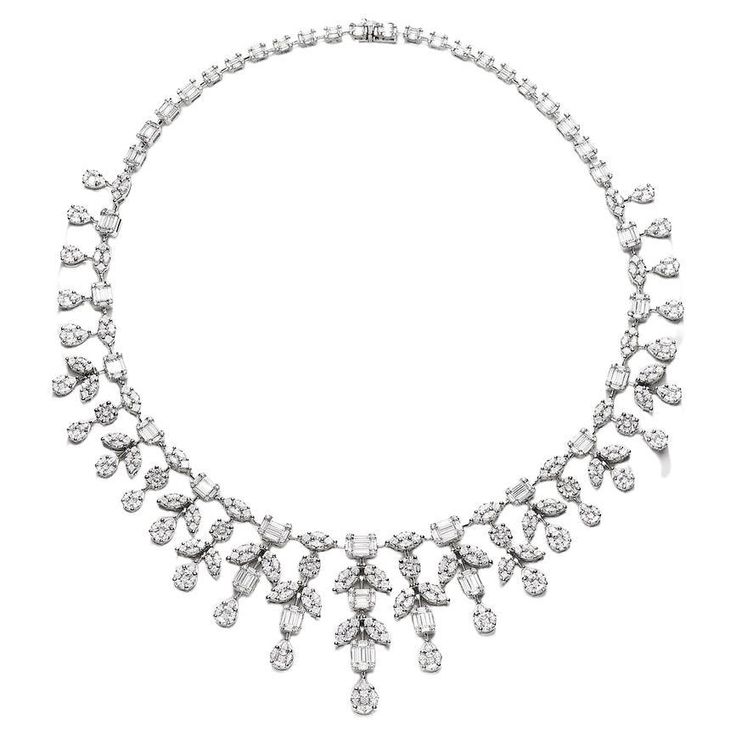
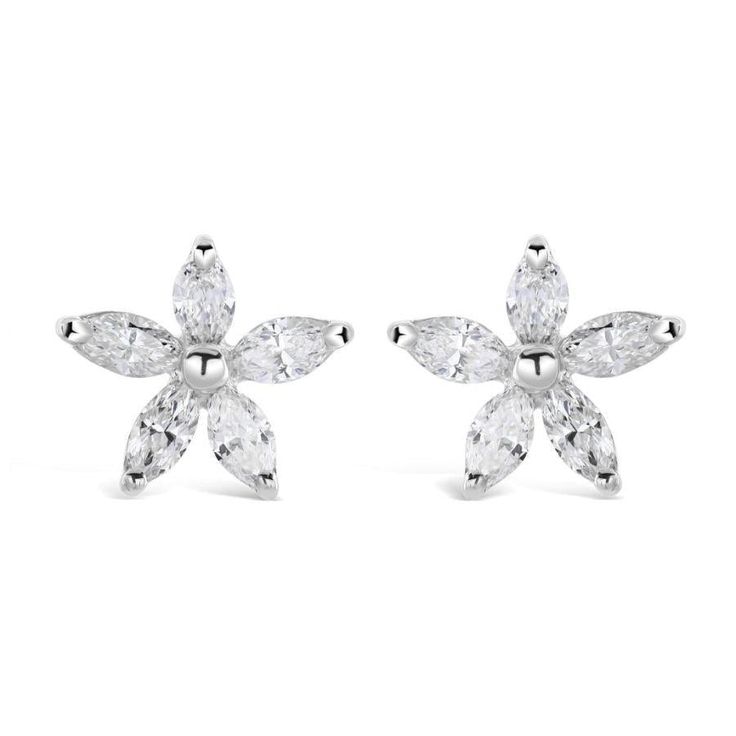

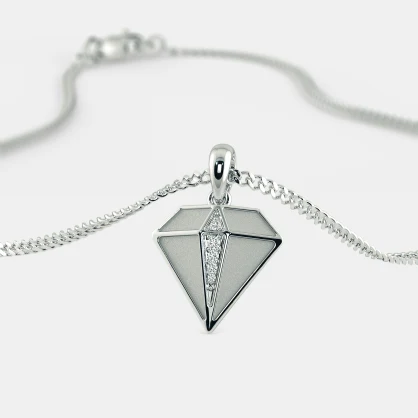
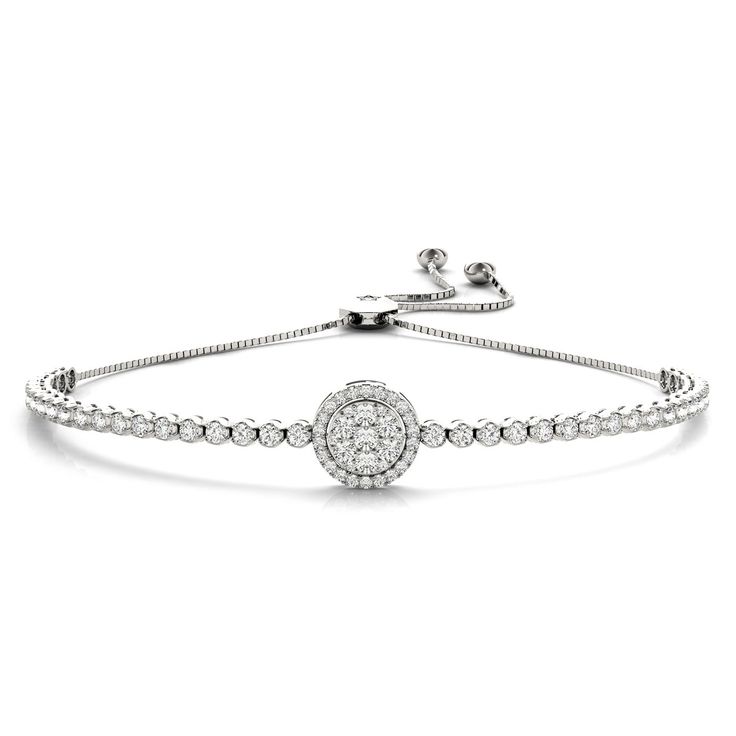
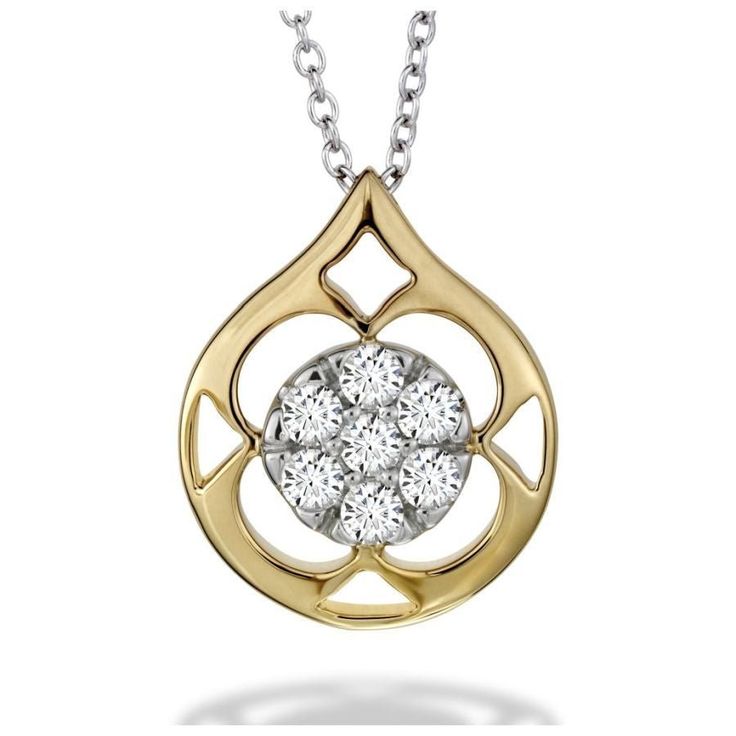
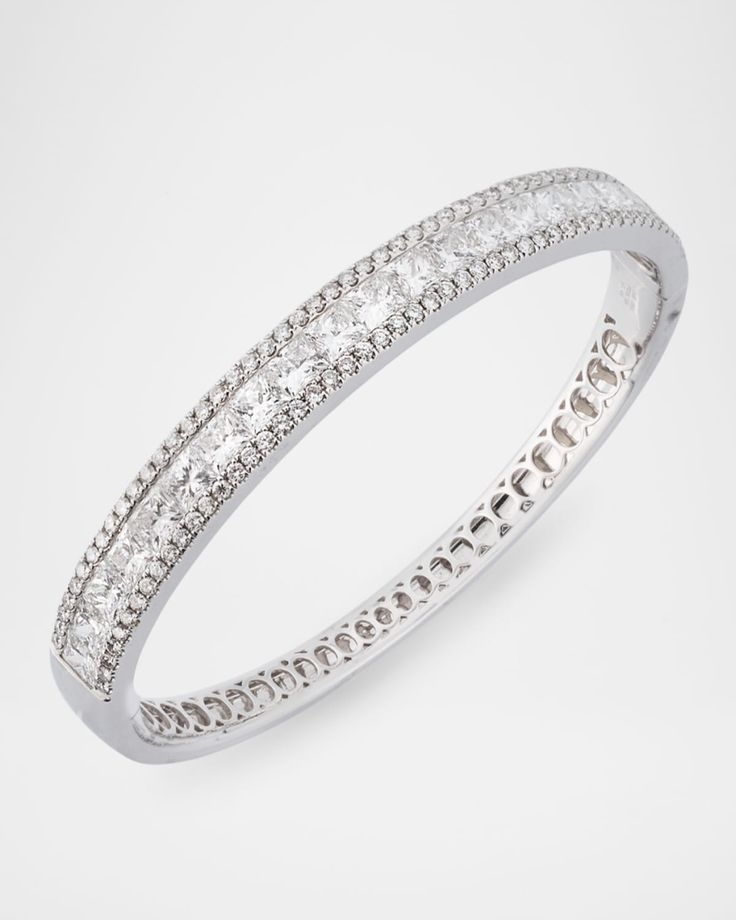
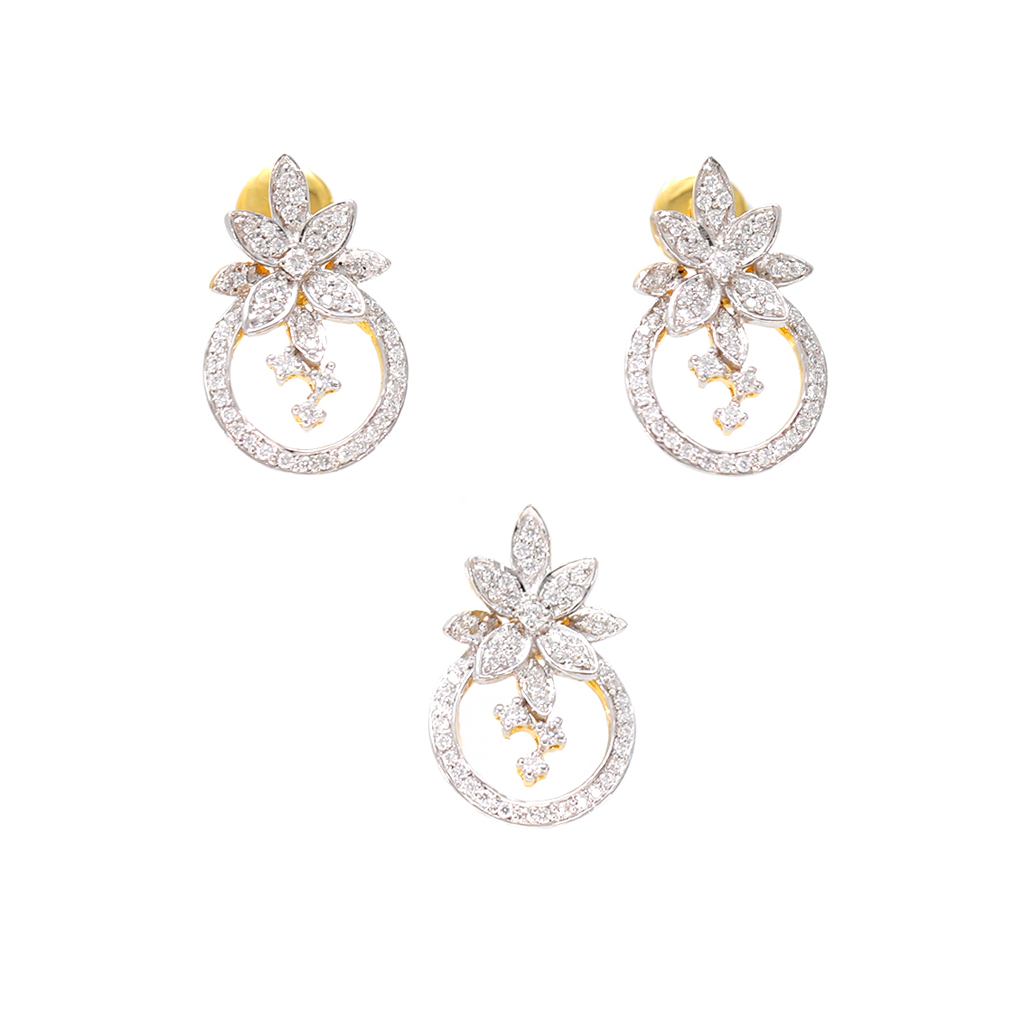
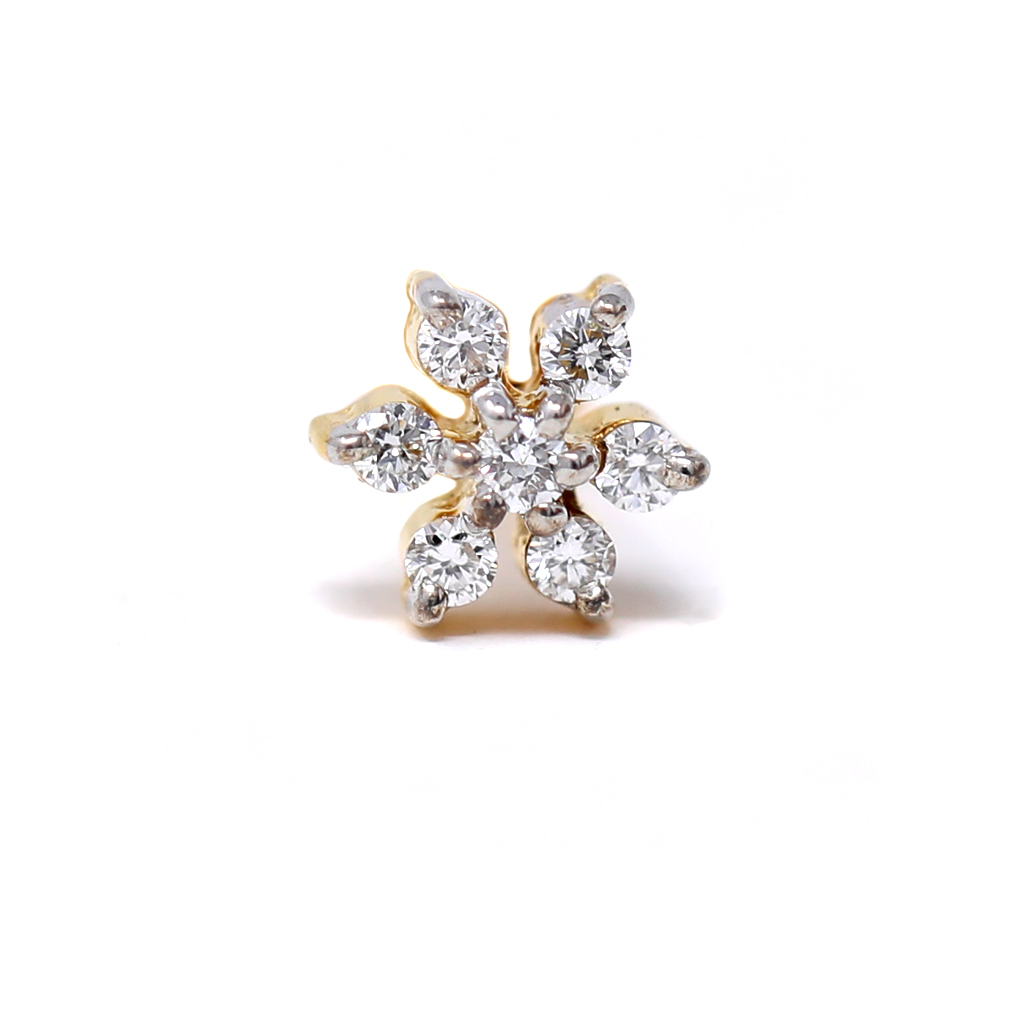
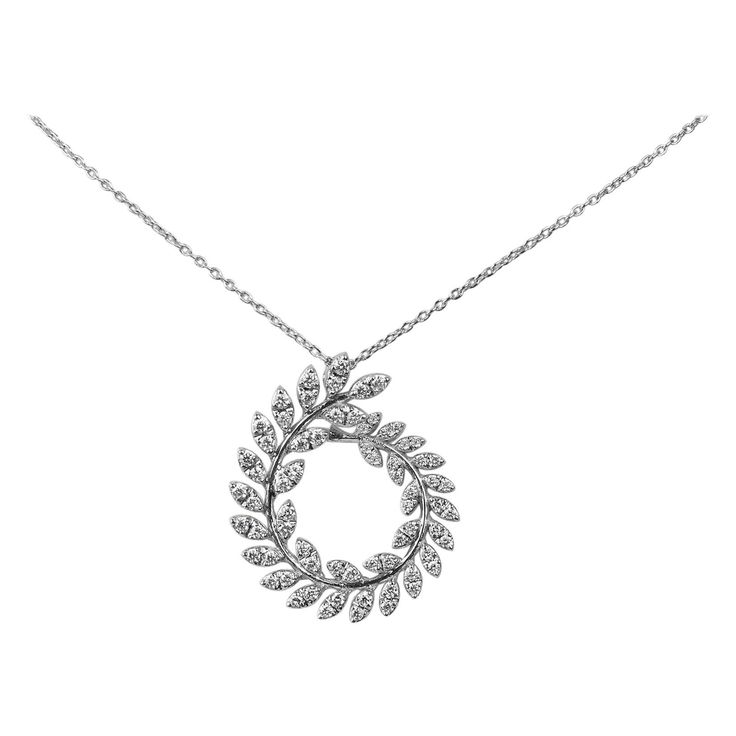
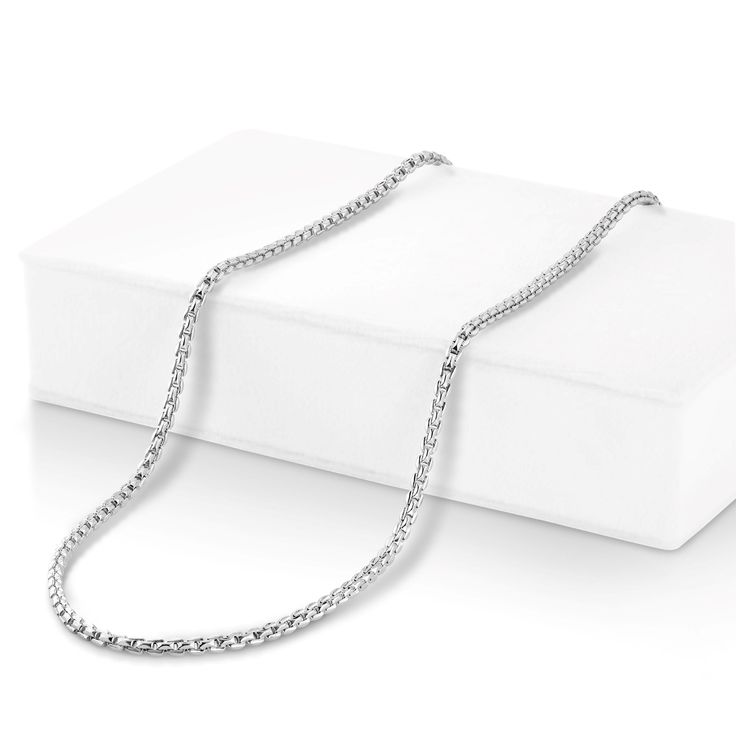
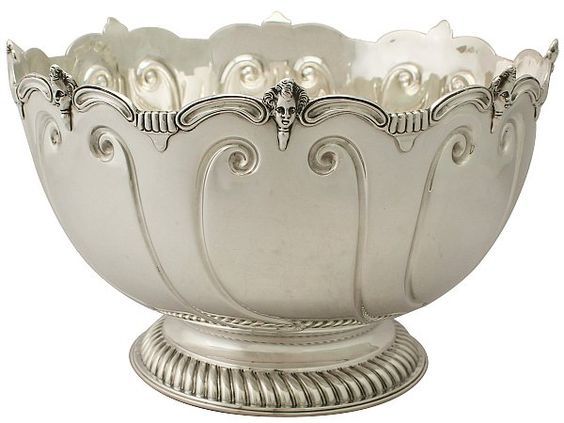
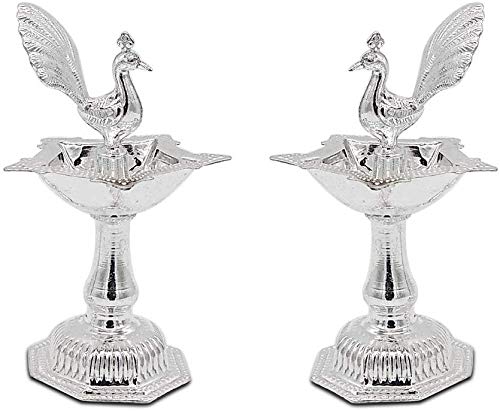
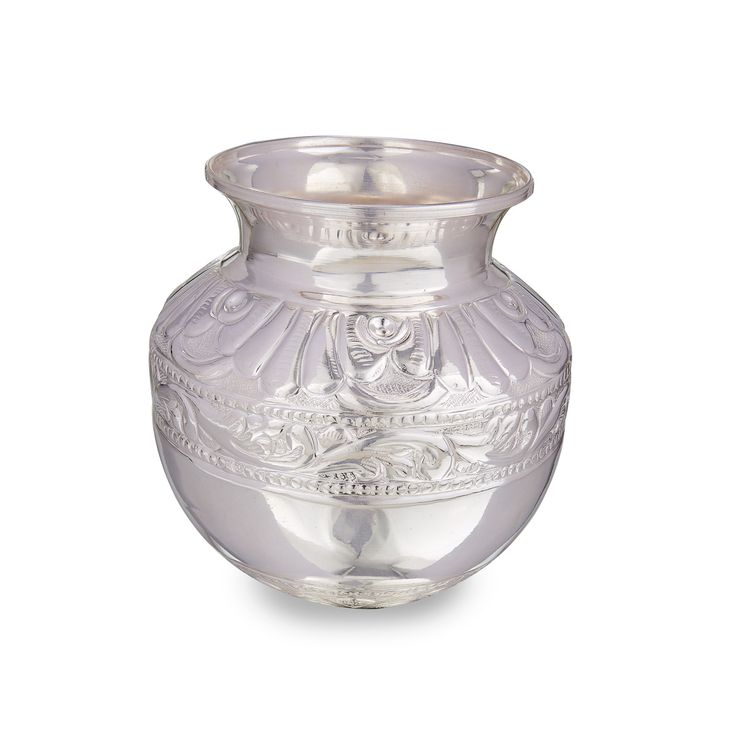
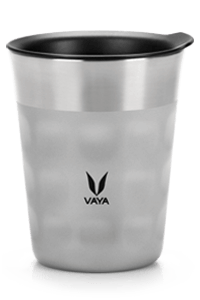
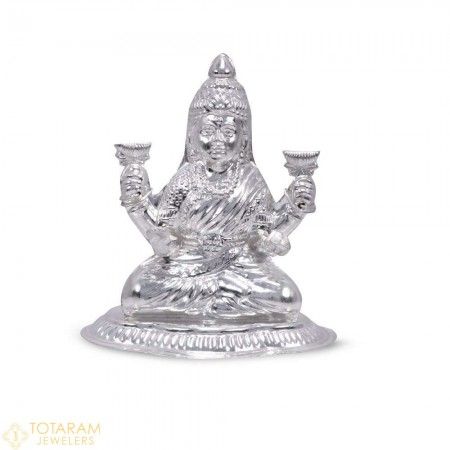
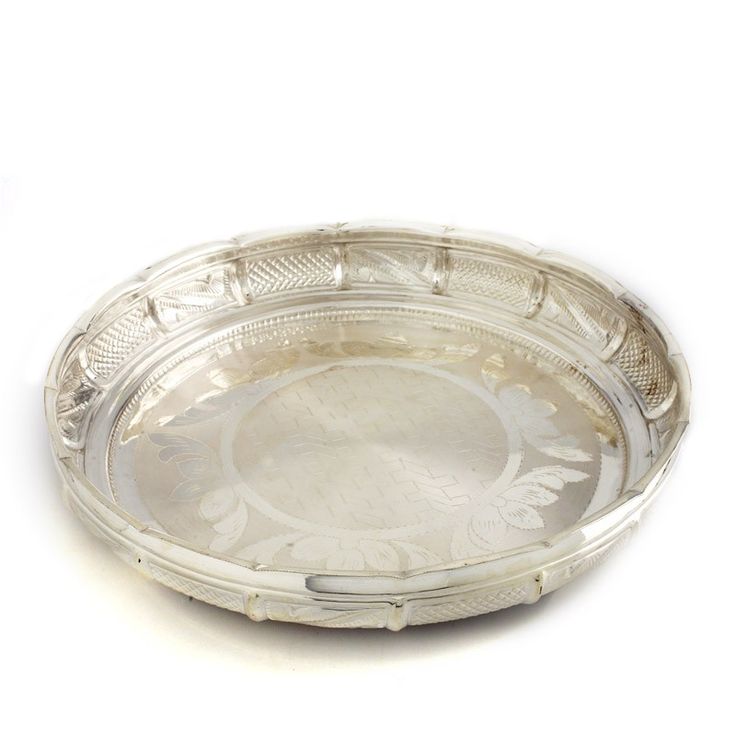
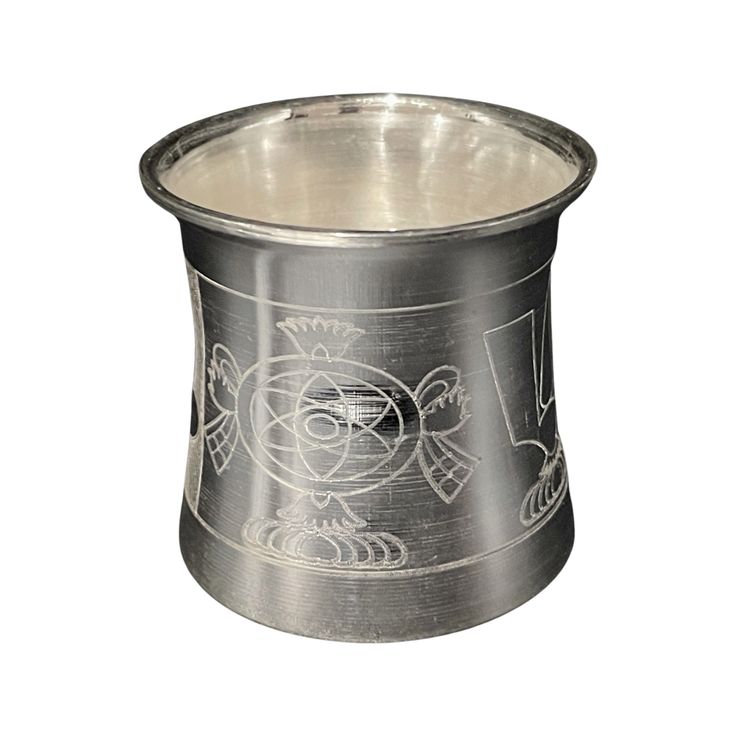

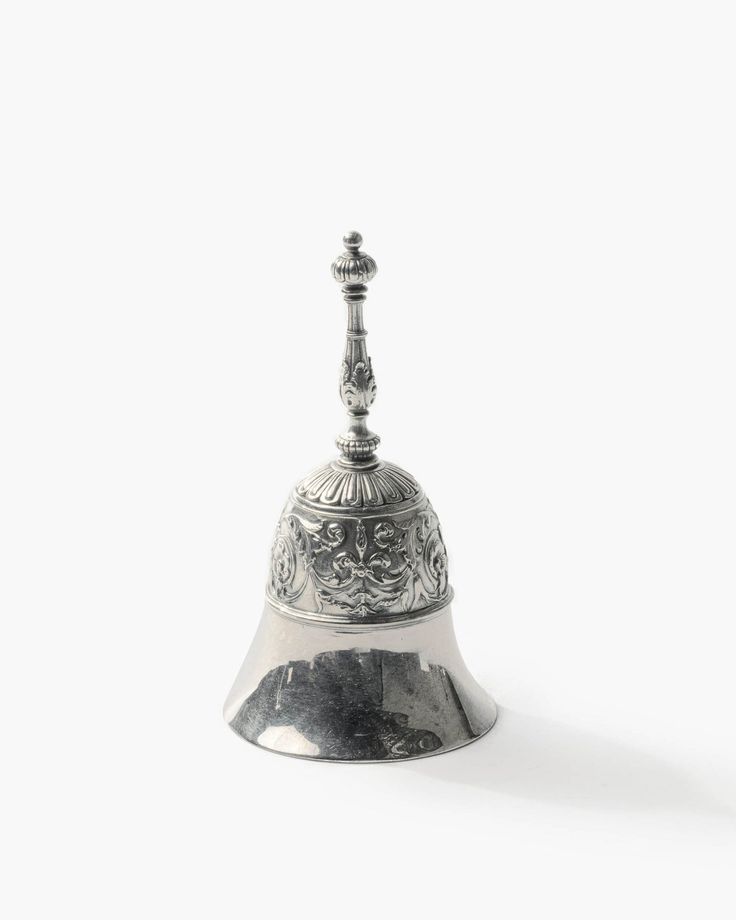
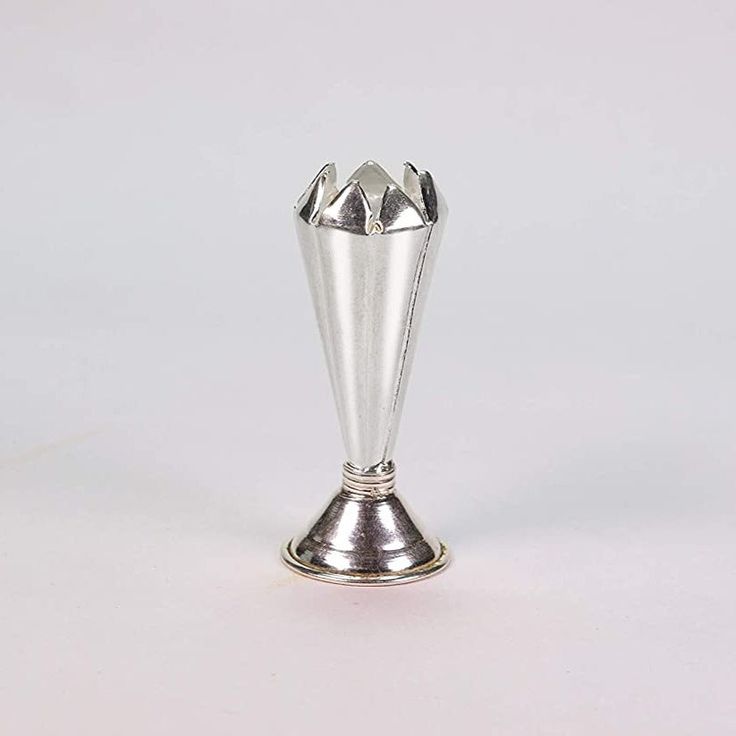
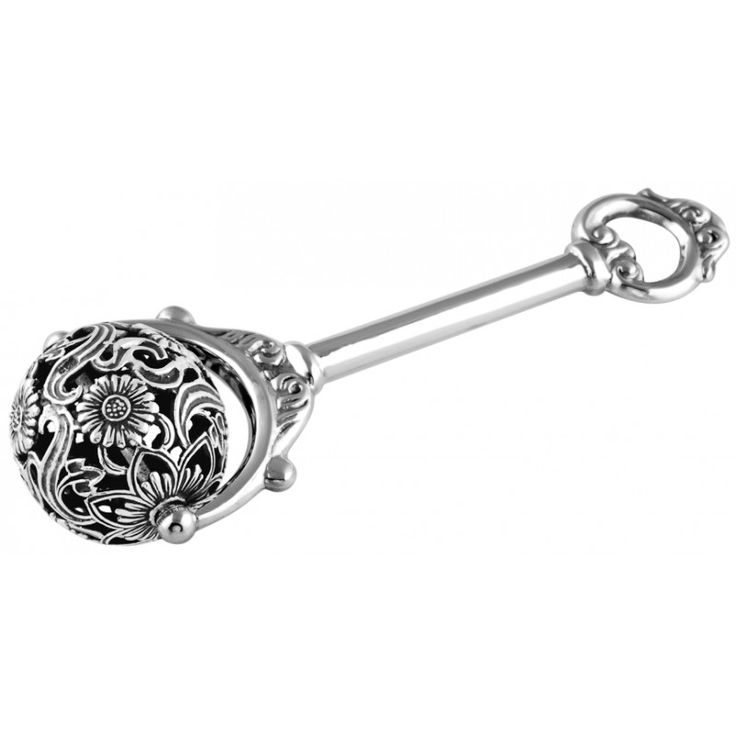
.jpeg )
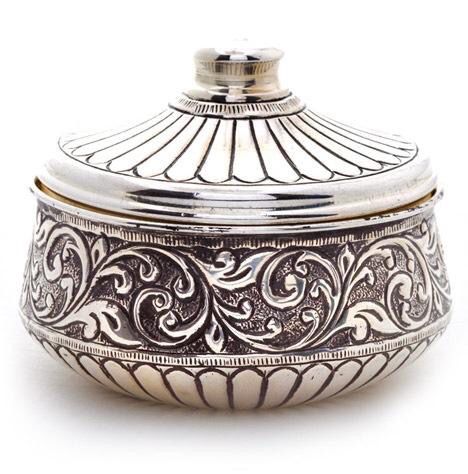
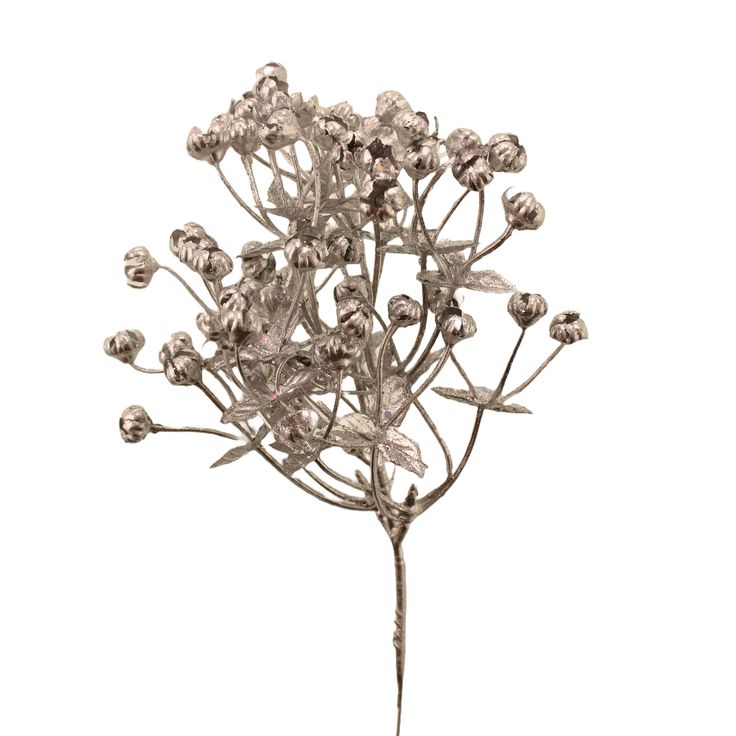
.jpeg )

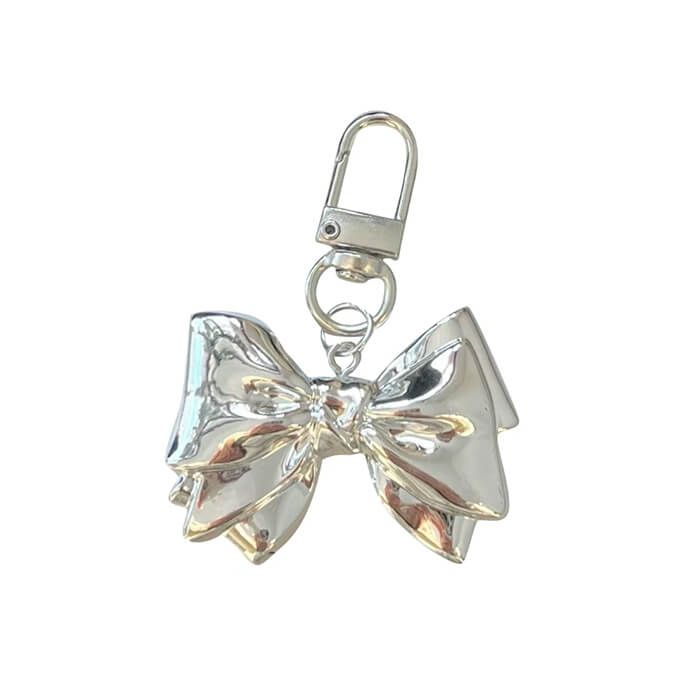
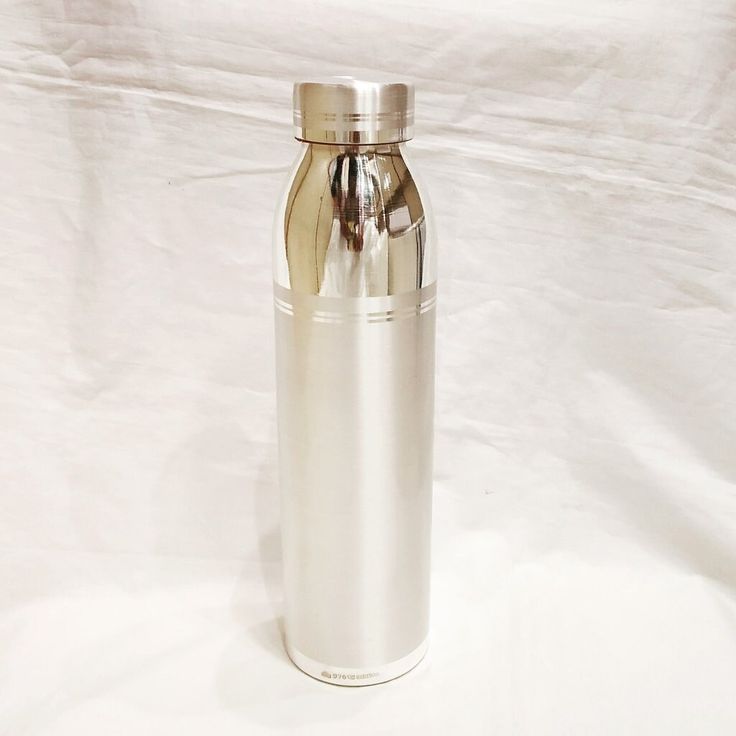
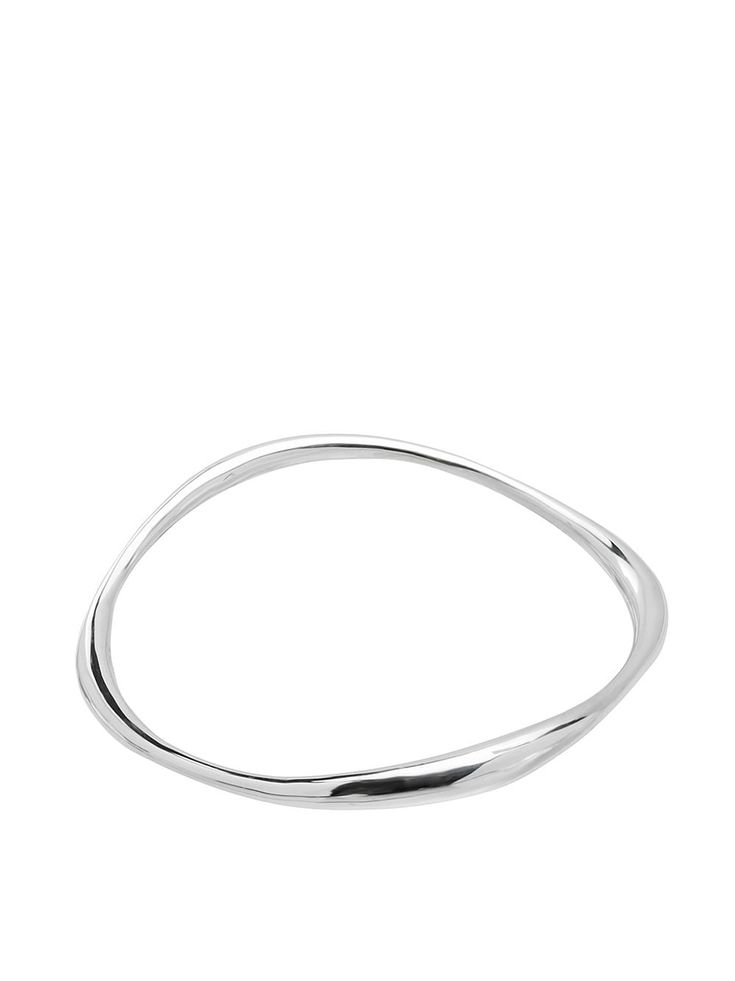
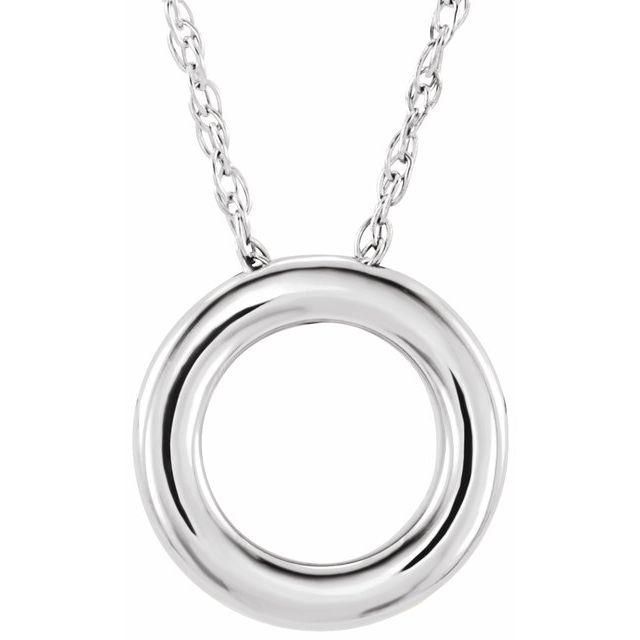

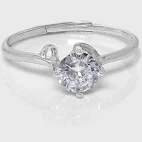
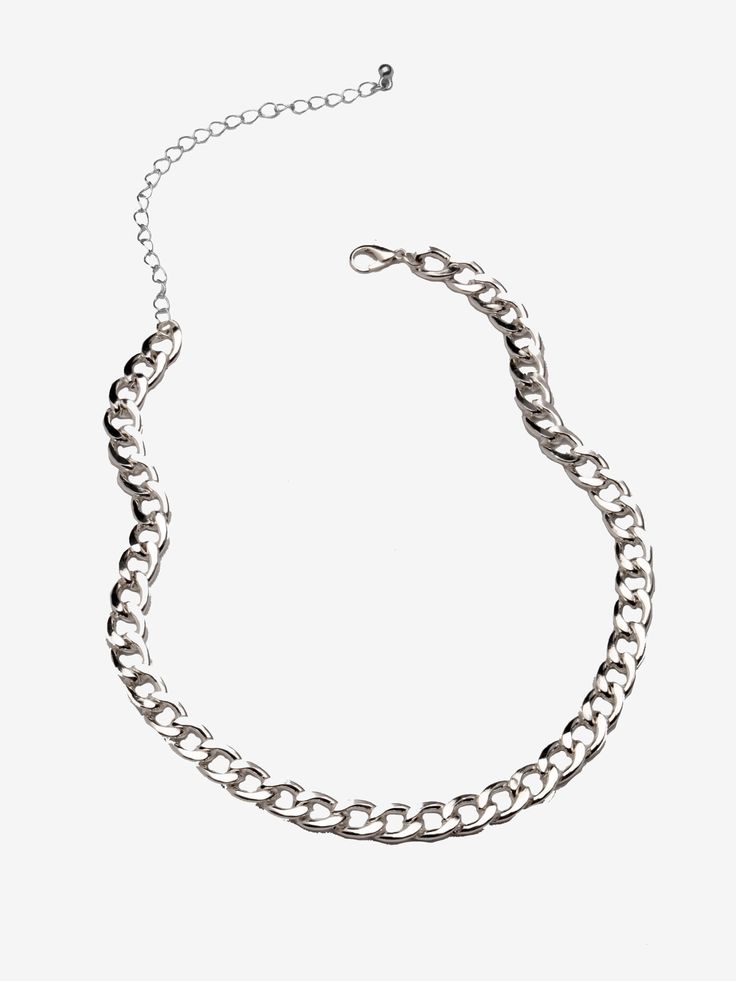
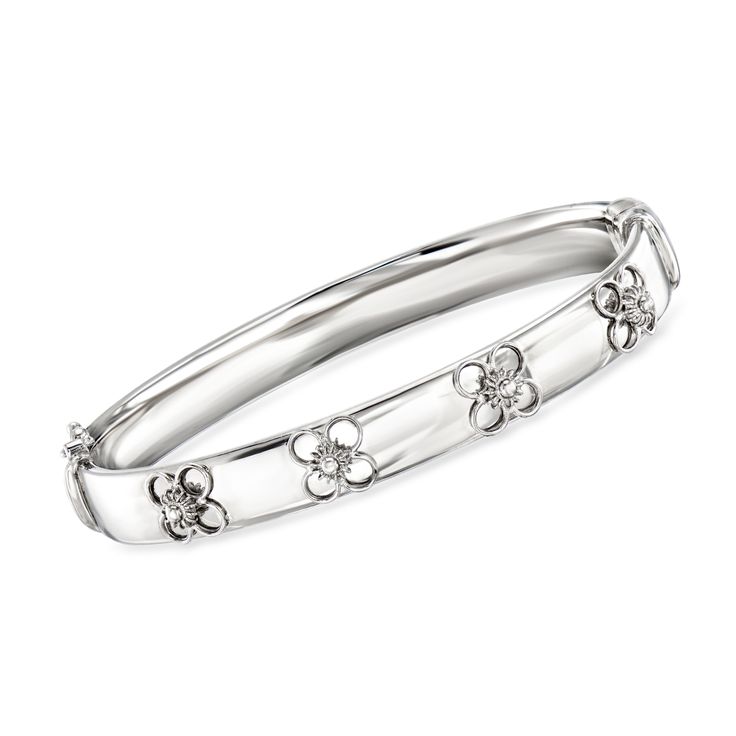
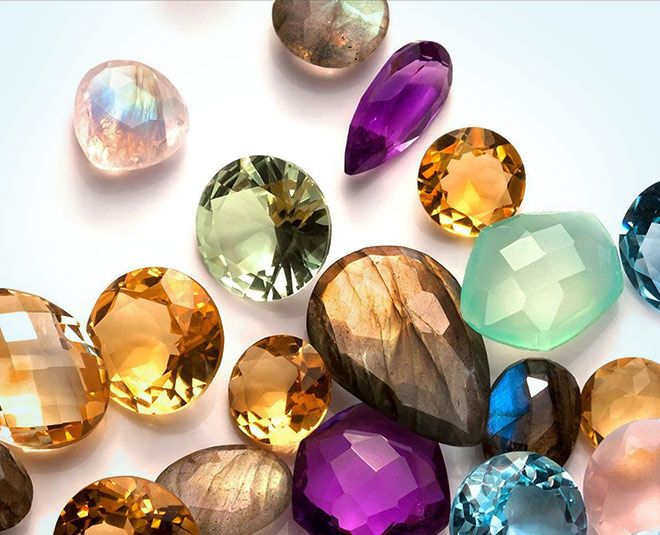
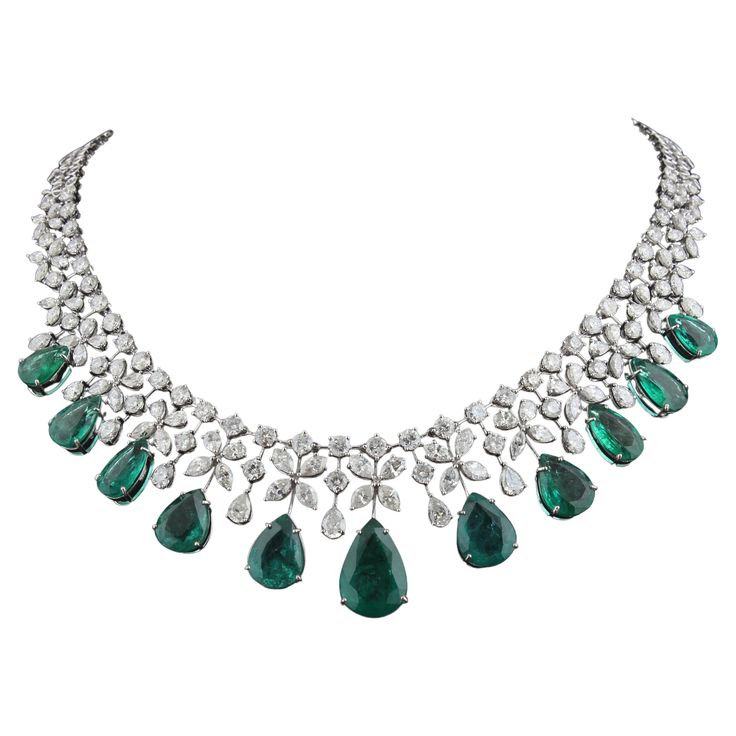

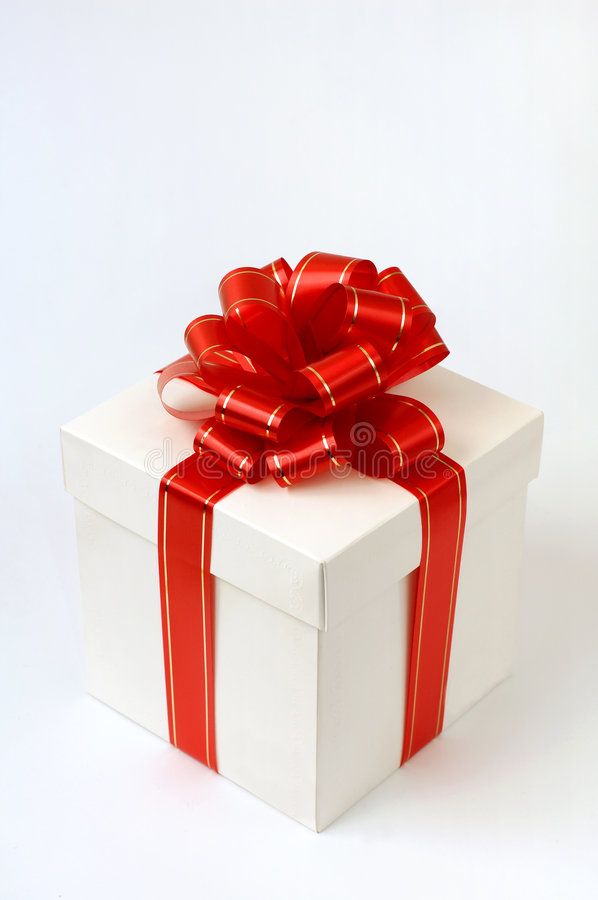


 9111222818
9111222818



